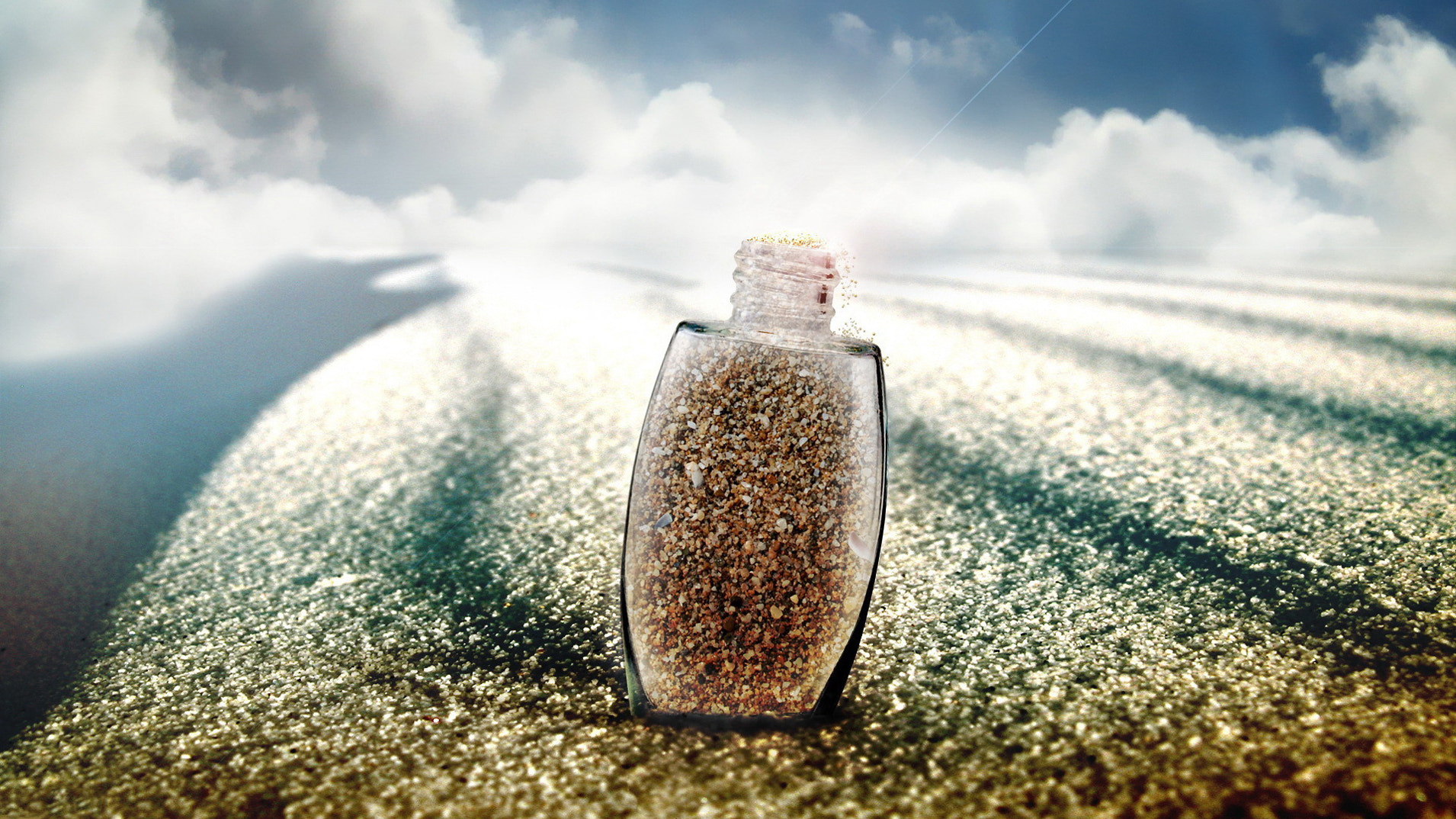전문가들이 제공하는 다양한 정보
Wine Tasting
페이지 정보
본문
Wine Tasting
What is the which means of wine tasting?
Wine tasting is a sensory exercise that entails the evaluation of wine via numerous aspects. It engages your senses to understand and identify the unique traits and qualities of various wines.
- Sight: Observing the colour, clarity, and viscosity of the wine.
- Smell: Swirling the wine in a glass to launch its aromas after which inhaling to determine different scents.
- Taste: Taking a sip to discover the flavors, textures, and stability of the wine.
- Finish: Noting the aftertaste and how long the flavors linger on the palate.
Overall, wine tasting isn't just about consuming wine but involves a deeper appreciation of its complexities and subtleties.

Steps in Wine Tasting
- Preparation: Gather the mandatory tools - wine glasses, palate cleansers, and a notepad if desired.
- Examine: Observe the wine’s look in the glass.
- Swirl: Gently swirl the wine to reveal it to air.
- Smell: Bring the glass to your nose and take a deep inhale.
- Taste: Sip the wine and let it coat your palate.
- Reflect: Take notes and share your impressions.
Wine tasting can be a fun and academic expertise, whether or not accomplished alone or with others, 출장안마 and permits individuals to develop their palate and respect the diversity of wines available.
What is the method of wine tasting?
Wine tasting is an art that entails a structured approach to savoring the complicated flavors, aromas, and textures of wine. Below is a methodical way to conduct a wine tasting:
1. Look
Begin by inspecting the wine in your glass. Hold it towards a white background to observe its color and clarity. Take observe of the wine's viscosity, which might indicate its physique.
2. Swirl
Gently swirl the wine within the glass. This action releases the wine's aromas. It permits oxygen to interact with the wine, enhancing its perfume.
3. Smell
Bring the glass to your nose and inhale deeply. Try to establish completely different aromas. They can vary from fruity, floral, natural, to earthy notes. This step is crucial as the sense of odor plays a major function in taste notion.
4. Taste
Take a small sip of the wine, permitting it to coat your palate. Focus on its flavors, acidity, sweetness, tannin ranges, and body. Consider how these elements steadiness and interact with each other.
5. Evaluate
Finally, reflect on the wine’s overall profile. Assess the finish — how lengthy the flavors linger after swallowing. Think in regards to the wine's complexity and whether or not you loved it.
By following this technique, you can improve your wine tasting experience and develop a deeper appreciation for different wines.
How to understand wine tasting?
Grasping the art of wine tasting includes understanding the sensory aspects of wine and refining your palate. Here are some steps that will assist you learn how to taste wine effectively:
1. Prepare Your Environment
- Choose a well-lit space to look at colour.
- Ensure the area is free from strong odors that would intrude with your tasting experience.
2. Use the Right Glassware
Using a proper wine glass helps in concentrating the aromas. Opt for a glass that is clear and has a tulip form.
3. Observe the Wine
- Visual Assessment: Hold the glass in opposition to a white background to see the wine's colour and readability.
- Swirling: Gently swirl the wine to release its aromas.
4. Smell the Wine
Take a moment to inhale the aromas. Try to establish totally different scents.
- Fruits, spices, herbs, and different aromatic notes could be detected.
- Focus on both the preliminary aromas and people who emerge after swirling.
5. Taste the Wine
- Initial Taste: Take a small sip and let it sit on your tongue.
- Identify Flavors: Try to pinpoint the flavors you experience.
- Texture and Body: Consider whether or not the wine is mild, medium, or full-bodied.
6. Evaluate the Finish
Take note of the aftertaste. A longer end is often an indicator of a higher quality wine.
7. Take Notes
Recording your thoughts on different wines can help refine your palate over time. Include:

- Wine name and vintage
- Aroma and taste notes
- Overall impression, including mouthfeel and finish
8. Practice Regularly
The extra you style, the higher you'll become at identifying completely different traits in wine. Join wine tasting occasions or create your own tastings with friends.
With time and expertise, you will develop a deeper understanding and appreciation of wine. Happy tasting!
- 이전글The Surprising Benefits of Automating Your Parking Operations 25.01.07
- 다음글Online Casino Sites Are Used Only For Fun Or You Can Actually Win Money Together? 25.01.07
댓글목록
등록된 댓글이 없습니다.


